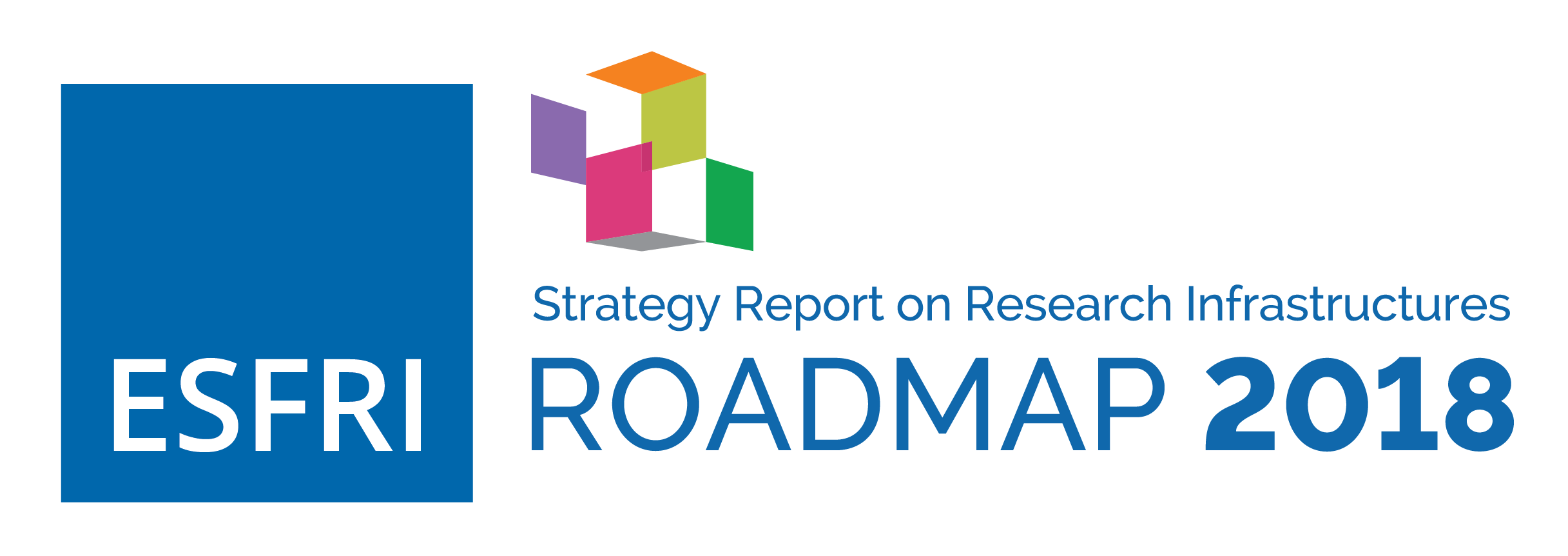Regional Impact
RIs strongly characterize the territory that host them as drivers for regional development in terms of scientific production and culture, higher education services, innovation in procurement and services and the promotion of supplying industries including SMEs and start-ups oriented to innovation. Enforcing the cooperation between the research sector and economic activities through RIs is central to driving innovation, which typically emerges at local and regional level before spreading globally.
RIs impact the local and regional development: they attract highly internationally qualified staff, the best researcher users from all over the world, students and trainees, and reflect excellence on the local educational system, on the job market and overall regional economy. The role of the regional and local authorities is, thus, fundamental from the preliminary stage of declaring their smart specializations as background for the RI and for the possibility of benefiting of EU structural and investment funds or other financial support facilities at national or European level. Further stimulus role should foster collaboration of RIs with universities and local research institutions.
ENV RIs have a prominent role for addressing the global scientific challenges related to environmental and climate change which impact our society on all levels up from the local, regional, national, to the continental and global scale. The majority of these are of distributed nature, and constitute pan-European hubs of scientific excellence that are, by definition, regional - Think regionally, but work together internationally. The sustainability of ENV RIs involves regional investment among others. Various showcases particularly in Southern and Eastern Europe have demonstrated the beneficial effect and proper use of European Structural and Investment Funds and of collaboration with regional governments to improve our environment – i.e. the ESFRI Landmark LifeWatch ERIC and the ESFRI Project DANUBIUS-RI.
The distributed H&F RIs provide opportunities for regional development of the entire EU-28. The objective is to increase active participation of all Member States in RIs, to support regional research output, to offer new capacities and expertise, prevent brain drain and regional unbalance and ensure coherence and synergy of resources throughout Europe, overall reinforcing cooperation and the formation of EU-wide centres of expertise.
Electron Microscopy laboratories are ubiquitous at universities and research laboratories, but the few that operate as users’ facilities have been developed at regional scale, or in conjunction with large ARIs. CEITEC in the Czech Republic is an example of the strategic use of EU Structural Funds for infrastructure development in science, with a strong cryo-EM component. Another example of regional funding is the support from Regione Toscana for the Italian node of the ESFRI Landmark INSTRUCT ERIC, the Centre CERM/CIRMMP.
ENE RIs are drivers for regional development in terms of scientific knowledge, innovation and the promotion of supplying industries including SMEs and start-ups with their often special competences in innovative technologies. For Energy RIs, this is especially true for innovative materials, components and devices as well as for high-level characterization technologies, engineering equipment and technical plant construction.
PSE RIs substantially contribute to the Regional economy as they represent large investments and create conditions for collaboration and partnership schemes. Regional facilities are increasingly networked thanks to strategic initiatives like ASTRONET or APPEC. New schemes and initiatives with impact at regional level emerge: the LEAPS initiative – league of electron acceleration driven photon sources – brings together 12 national facilities with the ESFRI Landmarks ESRF EBS and the European XFEL – aiming to strengthen the network of the analytical facilities and support the free open access to all national resources. Medium power nationally-funded neutron sources and the pulsed sources ISIS (UK) and SINQ at PSI (CH) are open to international users and develop collaboration/funding schemes. The high flux sources – the ESFRI Landmarks ILL and the European Spallation Source ERIC – are governed under international ownership schemes. The regional dimension of an international source is measured by the impact of the large investment in construction and long-term operation on local economy, society, University and broader educational system, as demonstrated by the competition for hosting large RIs.
The EU FP measure Integrating Activities contributes to the Regional impact supporting the networking of national/regional facilities for common research and infrastructure service including transnational access.
RIs and Digital Infrastructures create regional opportunities to compete for Structural and Cohesion Funds in RI investments which in turn can be seeds for the development of innovation nodes within distributed RI. The increasing synergy and complementarity of ESFRI and national roadmaps will create a facilitator for a coherent development of RIs and e-Is in Europe from the pan-European to the regional scale.




